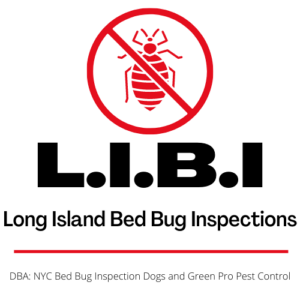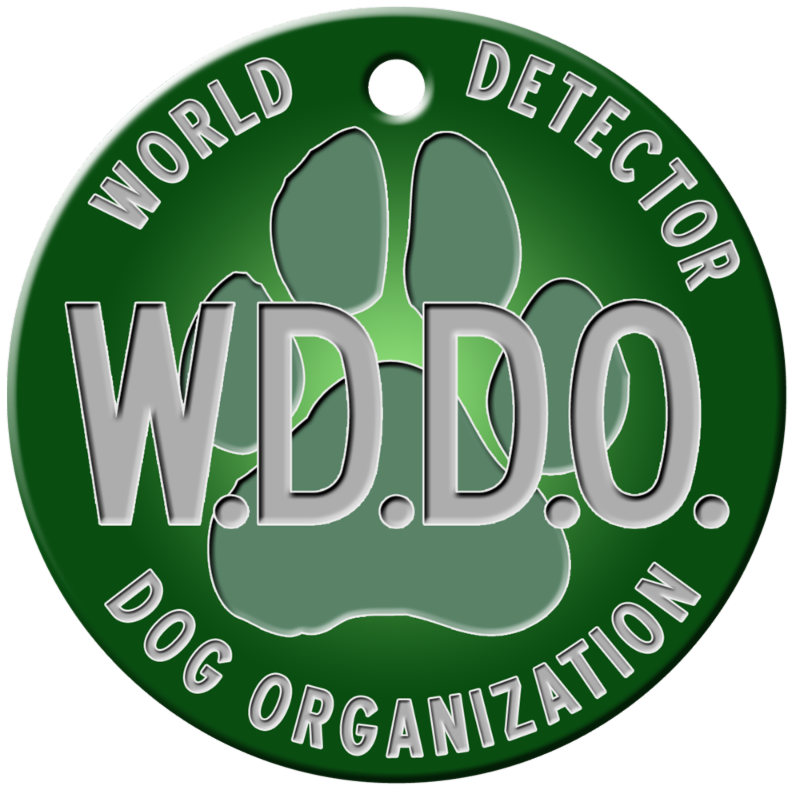You’ve probably noticed that bed bugs have been in the news recently. Paris has been experiencing an unprecedented number of infestations and now, it seems, South Korea is wrestling with its own bed bug epidemic.
The scale of these global bed bug infestations has led to a kind of low level panic, with pest control experts in France, Korea and elsewhere experiencing a record number of call outs.
But many of these calls are turning out to be false alarms. Why? Because many people don’t know how to identify bed bugs and often confuse them with other household pests. Which gives us a good reason to talk about bed bugs, how to identify them, and how to avoid infestations.
Early Signs of Bed Bug Activity
Before we get into how to spot a bed bug we should talk a little about the early signs of an infestation. After all, most of us are unlikely to start searching for bed bugs unless we suspect there’s a problem brewing.
The most common signs of bed bug activity include:
- Bites – Bed bug bites are the most common sign of a growing infestation. Bites typically appear as red welts on the skin and may be arranged in a linear or clustered pattern. They will usually be itchy and may be accompanied by localized swelling.
- Blood Stains – Bed bugs feed on blood. After a meal they may leave behind small rust-colored stains on bedding, mattresses or furniture.
- Fecal Stains – Bed bugs will leave fecal matter in areas where they hide. These appear as small dark spots or smears and are commonly found on sheets and along mattress seams.
The Physical Characteristics of Bed Bugs
If you suspect you have bed bugs in your home you’ll want to confirm the presence of these pests. But to do that you need to know what to look for. So let’s talk a little about how to identify these pests.
- Physical Characteristics – Bed bugs are small, flat, oval-shaped insects with a reddish-brown color. Adults are typically 4 to 5 millimeters in length, while young nymphs can be as small as 1.5 millimeters. Bed bugs have six legs. They do not have wings.
- Behavioral Traits – Bed bugs are generally nocturnal and prefer to feed during the night. They are attracted to warmth and carbon dioxide, making beds and bedrooms particularly attractive to hungry bed bugs.
- Hiding Places – Bed bugs are particularly adept at hiding. It’s their primary method of self preservation. When searching for bed bugs the most common hiding places include mattress seams, headboards, bed frames, and upholstered furniture. Look for small reddish-brown bugs, molted skins, eggs and fecal spots.
- Life Cycle – Bed bugs go through several stages over the course of their lives from egg to nymph to adult. Bed bug eggs are tiny and white and can be hard to spot. Nymphs are translucent, becoming darker as they feed. Adults take on the reddish-brown coloring that is common to all bed bugs.
Tips for Avoiding Bed Bug Infestations
Prevention is the key to avoiding bed bug infestations. While not every infestation can be avoided there are steps we can all take to minimize the risks of sharing our homes with these blood-sucking pests.
Here are few simple rules of thumb to help prevent bed bugs from invading your home:
- Declutter – Cleanliness has little to do with bed bug infestations. But these pests do take advantage of clutter to hide and reproduce. Keeping your home tidy and regularly vacuuming can reduce your bed bug risk.
- Second-Hand Furniture – Exercise caution when buying second-hand. Inspect items carefully before bring them into your home as bed bugs may be hiding in your purchases.
- Mattress Encasement – Bed bug-proof mattress and pillow encasement trap any existing bed bugs and prevent new ones from infesting your sleeping area.
- Seal Entry Points – Seal cracks and crevices in walls, baseboards and furniture to eliminate potential hiding spots for bed bugs. This can also help prevent bed bugs from moving from room to room in your home.
- Travel Precautions – Many infestations get started by people bringing home bed bugs from the travels. When traveling carefully inspect hotel rooms. Keep your luggage off the floor and immediately wash and dry clothing on high heat to kill any potential bed bugs and their eggs.
Identifying Bed Bugs is Crucial for Effective Pest Control
Being able to identify bed bugs is a critical part of effective pest control. By understanding the signs, physical characteristics, and behavior patters of these pests you can take the necessary proactive measures to protect your home and your family. When signs of a bed bug infestation become apparent contact a professional bed bug inspection and removal service at once to ensure a thorough and effective elimination of these troublesome pests.
Published by Scott Palatnik
If you believe you’ve brought bed bugs into your home or office give us a call. We can Help!
Now with 2 locations. On Long Island @516-619-6149 or in NYC @ 212-299-9186
We are Long Island Bedbug Inspections. Your Bedbug Inspection and Elimination Solution.


